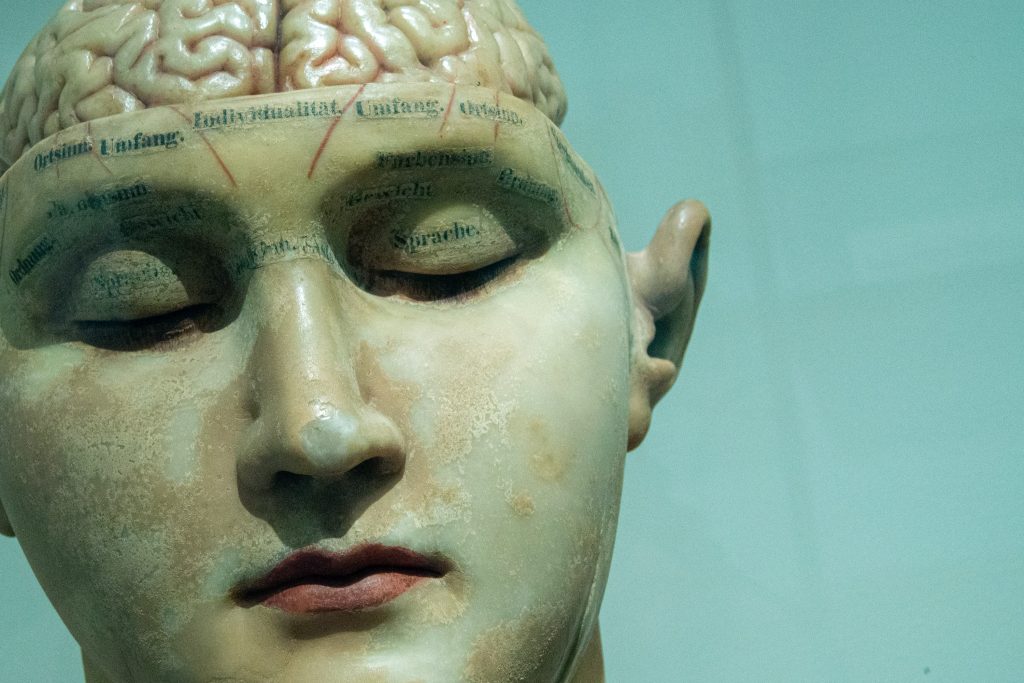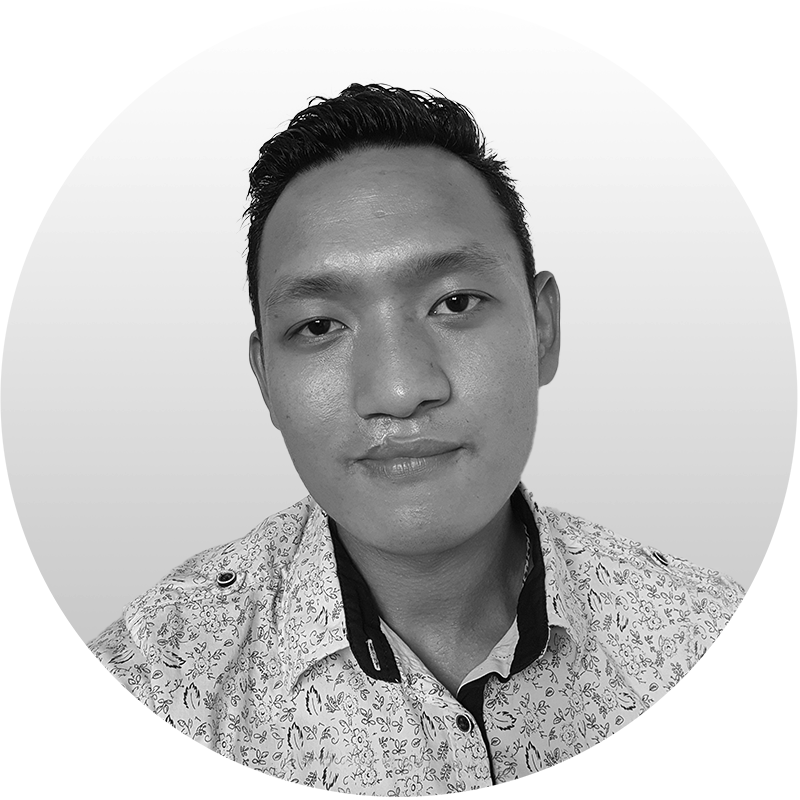The subconscious mind

Our subconscious mind controls about 95% of our life. Regulating our body temperature, controlling our heartbeats, breathing, reflexive actions, and even our habits. Habits are mental shortcuts that we use to respond “appropriately” to a situation.
A habit can be as simple as waking up and going to the gym after the alarm hits or craving a cigarette after drinking alcohol. Whatever the habits are, they are unconscious. We are responding to a set of stimuli from the external environment, which are mental shortcuts. According to James Clear, author of Atomic Habits, there are four stages of habit. Cue. Craving. Response. Reward.
In the above gym example, the cue is the alarm. Desire to go to the gym is the craving. Going to the gym is the response and the benefits of working out at the gym is the reward. The same logic applies to the cigarette example and also to the unconscious biases within us. Our unconscious biases are habits we use to identify a friend from a foe or judge a stranger within a moment.
Unconscious biases
Whether we admit it or not, we see the world from a distorted perspective, through biases formed by our experiences, but almost all of our biases are unconscious. When we feel like we don’t like someone based on the way they talk, we are taking a mental shortcut by using our unconscious biases.

Here is a list of a few common biases, check to see if you unconsciously subscribe to them.
The halo effect causes us to judge people in a positive way because of one quality we like in them and ignore the negative qualities. For example, many people will unconsciously give preferential treatment to people they find attractive.
Gender bias stems from subconscious beliefs about specific qualities or stereotypes being inherent to a specific gender. Showing preference to one gender over another despite being equally qualified is one example of gender bias.
When we are looking for information, we tend to listen more to sources that are consistent with our pre-existing beliefs. For example, flat Earth believers will consider any “evidence” presented to them that confirms their belief that the Earth is flat. In their mind, the fact that it claims the Earth is flat is what makes it a legitimate source of information. Even if that source is scientifically dubious.

We have been trained to believe that the majority is always right. That’s why, when hiring a new candidate or choosing a new place to eat, we look to align with the majority. This becomes a problem when the majority believes in the wrong opinion.
When we fail to consider all alternatives because of our existing focus or train of thought, that’s attentional bias. People can only pay attention to a limited number of things, so when our brains are “primed” to look for a specific kind of input, we’re more likely to notice and pay attention to it. Giving preference to ideas from one person over another because of our liking for the first person is a form of attentional bias.
There are many other forms of biases based on finer details, such as age, race, height, and physical appearance that play a role in our daily interactions with people.
Overcoming unconscious bias in the workplace

Unconscious workplace biases can affect the company’s hiring policy, promotion guidelines, and employee appraisals. There is no one-size-fits-all solution, but there are some general principles we can use to overcome unconscious biases.
The first step is to be aware of them:
Take a test to find out your unconscious biases
You can take Harvard’s Implicit Association Test to find out your unconscious biases based on age, gender, race, sexuality, skin-tone, or weight. In the test, you will see words or images and have to sort them into categories using the keyboard. Go ahead and give it a try.
After you’ve identified your unconscious biases, it is time to…
Be vigilantly aware of your responses
The way you respond to circumstances and people is determined by your biases. Thus, it is important to remain aware of any possibility of being biased by constantly analyzing our reactions, emotions, and thoughts in response to external circumstances, such as meetings, interviews, or group projects.
Keep emotions away from decision-making
Okay… this may sound extreme, but keeping emotions away from decision-making, in the workplace, is another way to overcome unconscious biases. When making decisions, it is important to keep emotions away and look at things from a logical perspective. One question to aid this process is to ask, “What decision will have the most impact in reaching our goal?” Asking this question allows us to focus on the goal we want to achieve and by keeping emotions away, we maximize our chance of making an unbiased decision.

Have a diverse team
Working with a diverse team is a great way to overcome your biases. That’s because a diverse team means we go head-to-head with our biases and stereotypes. By working with a diverse team, we get the chance to chip away at our unconscious biases.
Be open minded
Sure, it sounds cliché, but it’s vital to keep an open mind. Every person comes from a different background with a unique perspective of life. Keeping an open mind means we can accept different perspectives and learn to appreciate and expand our own perspective of life. Expanding our personal perspective of life is a sure-fire way to overcome unconscious biases.
Remove assumptions
Whatever we do, we are making assumptions to aid our tasks. However, most of the time, our assumptions are wrong. In fact, biases are assumptions based on experiences. Thus, it is critical to remove assumptions based on the past and ask questions to find facts without jumping to conclusions.
Create a bias identification system
This system could be as simple as speaking out or confronting any perceived biases in the workplace. Most workplace bias happens because we don’t identify the biases. We simply go on making assumptions about why someone did what they did. Thus, confronting perceived biases directly or with the help of a third person (preferably a manager or leader) helps identify biases and remove them.
Offer training
Every workplace must have training programmes to help employees identify their unconscious biases and develop strategies to overcome them.
Conclusion
Everyone is biased. It is okay to be biased. But it is not okay to carry those biases as a basis for judgment. Since biases are assumptions based on our limited personal experiences, they are, more often than not, faulty. Thus, it is important to be open-minded, aware, and willing to remove biases to create an accepting and open workplace culture.
At THRIVE, our mission is to help create a more sustainable world by measuring what matters, but the first thing we need to measure is our existing biases. After we measure and identify our biases, we can start eradicating those biases. Doing so means we work as one team and not a group of individuals to achieve our goal of creating a sustainable world. Join the movement, subscribe to our monthly newsletter or volunteer for the cause.
